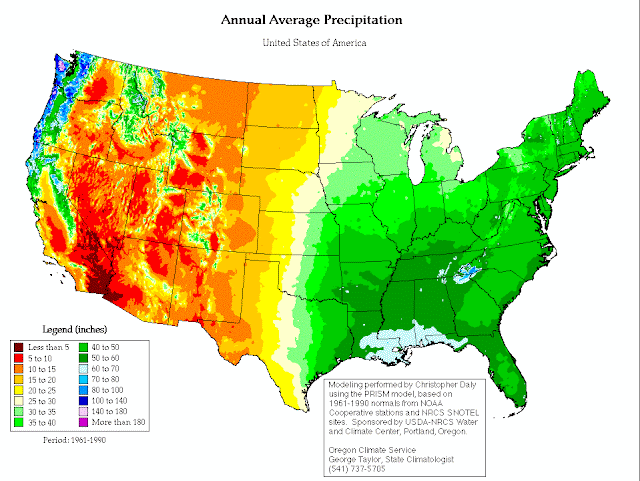It has been a bit of a struggle to adapt sweeteners in this project. Not because we lack sweeteners native to Minnesota, but because I never really USED the ones that originate here...
Quick overview of the various sweeteners generally used:
Table Sugar- This is the processed, refined sugar from beets or sugarcane that has all molasses taken out. Brown sugar falls in this category as well. It has had the molasses removed but then added back in. These are the most processed sugars and have no nutritional value.
"Raw Sugar"- These sugars are from the same sources as table sugar but do not remove the molasses. Turbinado Sugar is in this category (Sugar in the Raw). These have some nutritional value (though no sugars have enough nutritional value for that to be a justifiable reason to eat them except in very small quantities.
Agave Nectar- From Blue agave cactus plants. Native to Mexico and about 90 percent fructose, agave is sweeter than sugar and has more concentrated fructose than HFCS (High Fructose Corn Syrup).
Barley Malt and Brown Rice Syrup- Made from maltose which is less sweet than fructose. Used like molasses in sauces, muffins and other moist baked goods.
Coconut Sugar- Made from a coconut palm tree, this sugar is similar to brown sugar and higher in nutrients than other sugars.
Honey- The sweetest of all natural sweeteners, meaning you don't need as much of it. Good to use for adding moisture in baked goods. Honey is the only sweetener available in a raw form. Ames Farm produces raw honey, which is not filtered or blended with other varieties as typical honey is.
Maple Syrup- Not as sweet as table sugar but also adds moisture.
Molasses- A byproduct of processing sugar.
Stevia-Not technically a sugar, this sweetener is extracted from Stevia plants and is about 300 times as sweet as sugar, but has no calories. Because it isn't a sugar, it does not react the same way in cooking and baking making it difficult to substitute. It is good, however, for sweetening drinks and is becoming more popular.
Of all these sweeteners, I am limited to Maple Syrup, Maple Sugar and Honey. Sugar beets grow all around here, but I have yet to find beet sugar that is refined and processed locally. This isn't all bad, the ones I have are great natural sweeteners, but it takes some getting used to having everything taste like maple and honey :)
I found this Maple Sugar Cookie recipe on Food.com. It is from the New England chapter of the United States Regional Cookbook, Culinary Arts Institute of Chicago, 1947. This is the real deal, a recipe without having to make substitutions! (Except I took out the lemon). http://www.food.com/recipe/maple-sugar-cookies-295906
1_sift first three ingredients together
2_cream butter and sugar together, add eggs, lemon extract and milk
3_add flour mixture and blend well
4_refrigerate about 1/2 hour
5_preheat oven to 350F and lightly grease cookie sheets
6_roll dough 1/4" thick and dust with maple sugar, cut into attractive shapes with cookie cutters, place on prepared cookie sheets and bake about 15 minutesThe dough is excellent! Cookies are alright too, I only cooked them for 10 minutes so they are more squishy. Yeah for sweets, its been a while :)
2 1/2 cups flour
1 tsp salt
2 1/2 tsp baking powder
1/2 cup butter
1 cup maple sugar
2 eggs, beaten
1/2 tsp lemon extract
1 tbsp milk







